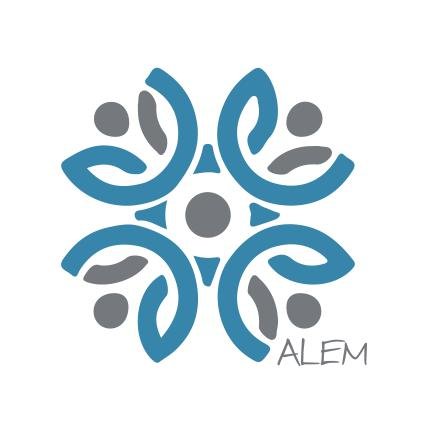“Miras. The Heritage” Exhibition
What do we know about the culture of Crimean Tatars, the indigenous people of Ukraine? What do the symbols of the traditional Ornek ornament mean? How did Crimean Tatars dress and spend their leisure time 200 years ago? Which ancient traditions have been preserved to this day? What connections exist between Crimean Tatars and Ukrainians?
Crimean Tatars are an indigenous Ukrainian people whose origin and historical destiny are inextricably linked with Crimea and the Northern Black Sea region. For centuries, the traditional culture of this community has combined features from various civilizations: Mediterranean, Middle Eastern, and Central Asian. However, it did not become a fragment or periphery of any of these civilizations. Rather, it developed its own identity and originality within the unique ethnic landscape of Crimea.
“MIRAS. The Heritage” exhibition is a project of the Treasury of the National Museum of the History of Ukraine and NGO “Alem,” which protects and popularizes the intangible cultural heritage of Crimean Tatars. The exhibition aims to showcase the living culture of Crimean Tatars and its continuous traditions that influence societal values, everyday life, political culture, and relations with the outside world.
The exhibition “Miras. The Heritage” represents the largest collection of Crimean Tatar jewelry and everyday items from the 19th and early 20th centuries for the first time on the mainland of Ukraine. Here, you can see silver quşaqs (women’s belts) and töpeliks (tops of women’s headdresses), impressing with their sophisticated Crimean Tatar filigree work (19th–early 20th centuries, Treasury collection). Also on display are silver cases for the Quran, men’s amulets, coffee dishes, traditional Crimean Tatar clothing, and samples of gold embroidery.
Thanks to the rich ornamental compositions, visitors will be able to familiarize themselves with the customs, art, religious traditions, and worldviews of the indigenous people of Crimea. The masters of decorative art created these pieces not just as elements of the interior. These objects hold deep meaning to Ukrainians. These meanings include the desire for well-being, a strong family, safety and protection, respect for elders, health, connection with nature, and connection with homeland.
The second hall of the exhibition presents Crimea through the eyes of another, featuring lithographs from the album of the same name by Friedrich Gross. This artist, a descendant of German colonists, depicts the traditional world of Crimean Tatars from the first half of the 19th century, a time when the legacy of the Khan era was still alive. Many of the monuments depicted by Gross were destroyed during Russian colonization.
The project partners are:
• The National Museum of Decorative Arts of Ukraine;
• The Vernadsky National Library of Ukraine;
• Ukrainian ethnic clothing designer Olena Didyk.
Some of the items in the exhibition were provided from the private collections of Esma Adzhiieva, Vitalii Provolovskyi, and Elmira Seit-Ametova.
The exhibition’s curators are Oleksii Savchenko, a leading researcher at the National Museum of the History of Ukraine, and Esma Adzhiieva, the head of the NGO “Alem.”
The project provides a platform that showcases the shared thoughts, feelings, and values of Ukrainians and Crimean Tatars. The interactive events planned for the exhibition facilitate this goal, including lectures, master classes, and informal thematic meetings with Crimean Tatar artists.
The exhibition "Miras. The Heritage" is part of the “Meanings Unifying People” project, implemented by the NGO “Alem.” This project is supported by Switzerland through the SDC/CHARS (Swiss Agency for Development and Cooperation, Federal Department of Foreign Affairs of Switzerland).
The Treasury of the National Museum of the History of Ukraine is open Tuesday through Sunday from 10:00 a.m. to 5:45 p.m. (ticket office closes at 5:00 p.m.).
The Treasury’s address: 9 Lavrska Street, Building 12 (the territory of the National Preserve “Kyiv-Pechersk Lavra”). You can visit the exhibition with a ticket to the Treasury.
The exhibition runs until January 2, 2026.
